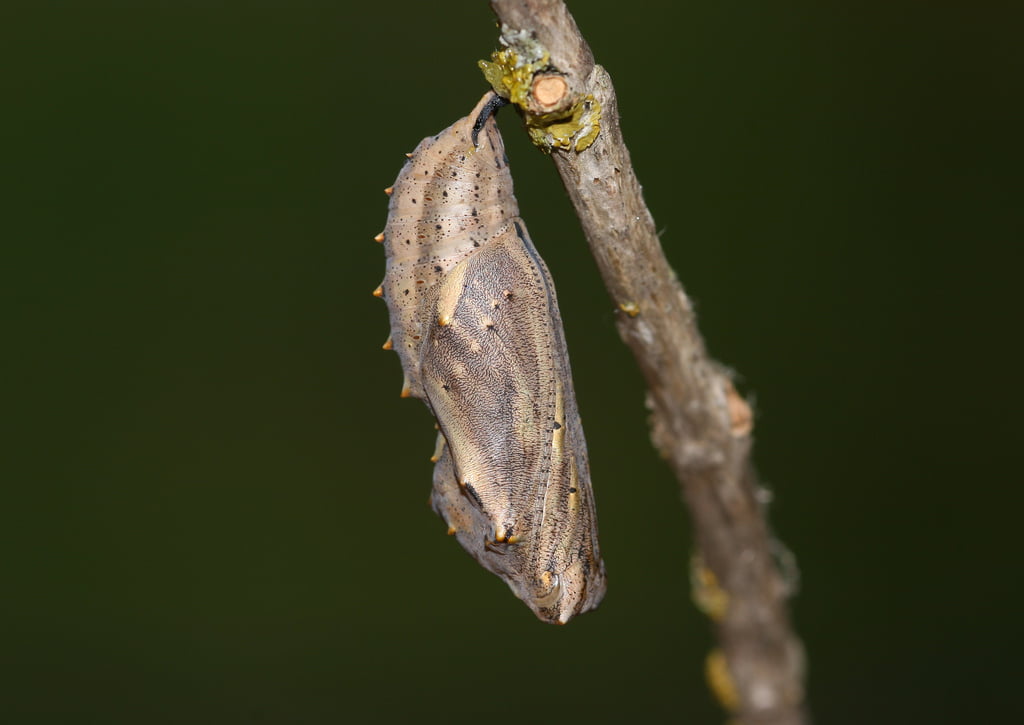A “Butterfly Shelter Plant” is a plant that provides shelter, cover, or resting spots for adult butterflies. These plants offer a place for butterflies to seek refuge from harsh weather conditions, predators, or simply to rest during their active periods.
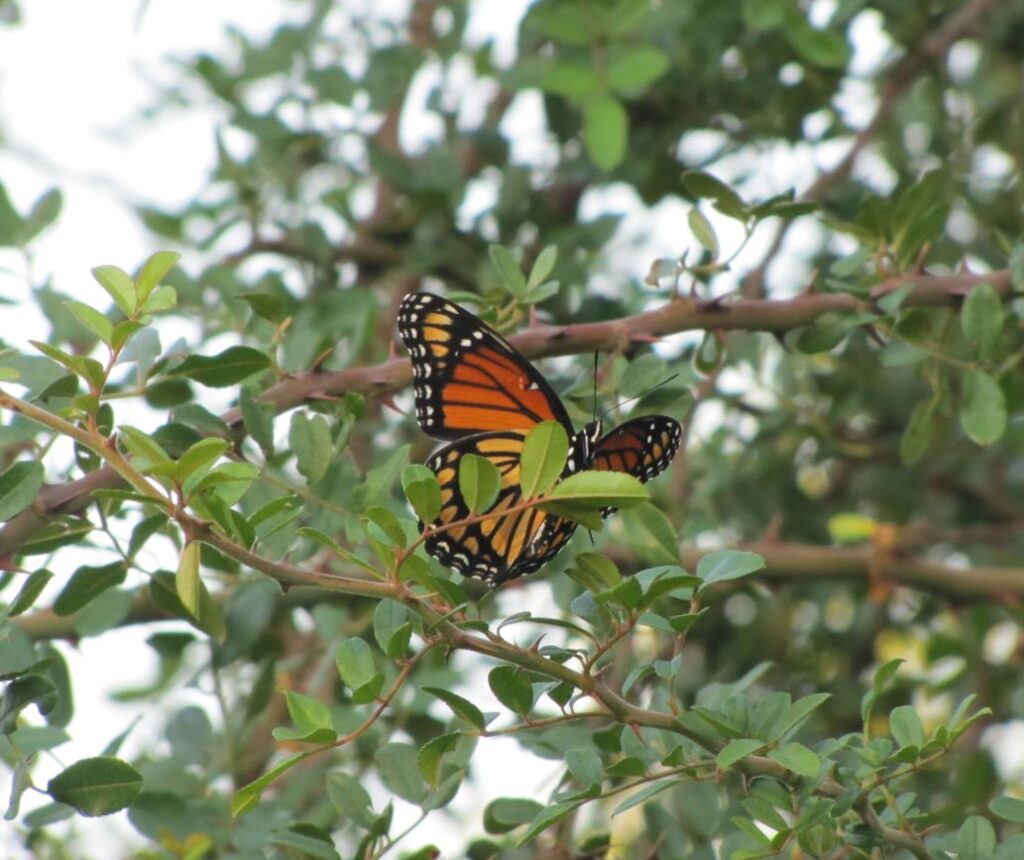
Unlike the larval host plants that caterpillars eat, butterfly shelter plants cater to the needs of adult butterflies, and those soon to become adults. These shelter plants often have characteristics such as dense foliage, branching structures, or clusters of flowers that create safe and protected spaces where butterflies can roost or take shelter.
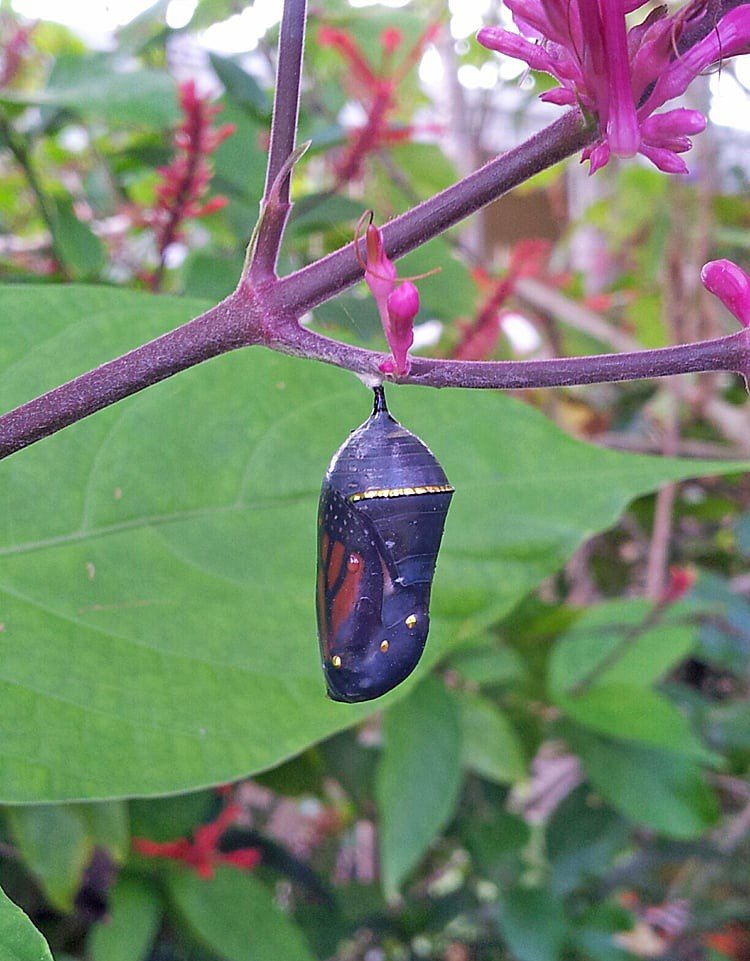
Butterfly shelter plants are valuable components of butterfly-friendly gardens and conservation efforts. By providing resting places and shelter, you can encourage butterflies to stay in the area, increasing the chances of successful breeding and overall butterfly population support.
Some examples of plants that can serve as butterfly shelter plants:
1. Black Drink Holly (Ilex nigrumpotum): Black Holly is a native evergreen shrub or small tree found in the southeastern United States. It provides dense foliage and branching structures, making it a great butterfly shelter plant.
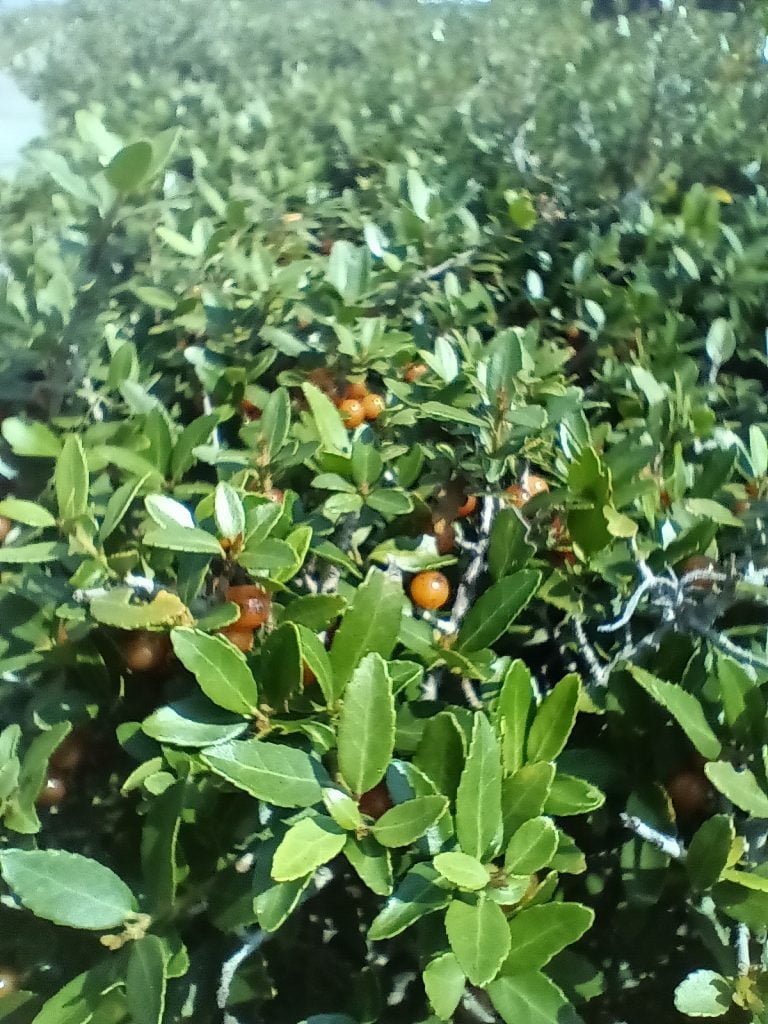
20 Florida-Native “Black Drink Holly” Seeds (Ilex nigrempotum) formerly “Yaupon”
20 or more seeds of the Florida-native, Black Drink Holly (Ilex nigrempotum), formerly known as “Yaupon.” Origin: Polk Co. FL Zone 9b.
2. American Holly (Ilex opaca): Another holly species native to eastern and southeastern North America, American Holly, offers dense, evergreen foliage that can provide cover and shelter for butterflies.
3. Common Hackberry (Celtis occidentalis): This deciduous tree is native to much of North America and provides excellent shelter due to its dense branching and leaves.
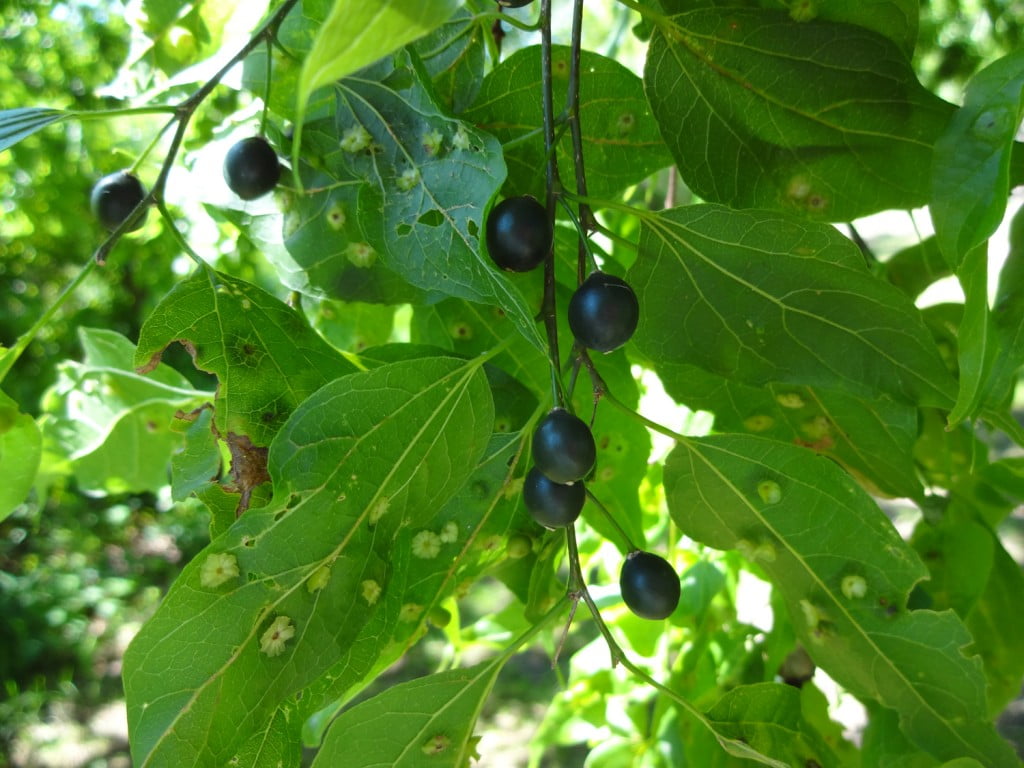
4. Buttonbush (Cephalanthus occidentalis): A native shrub found in various regions of North America, Buttonbush offers shelter through its dense, ball-like flower clusters.
5. Redbud (Cercis canadensis): Native to eastern and central North America, Redbud is a deciduous tree that provides cover with its spreading branches and heart-shaped leaves.
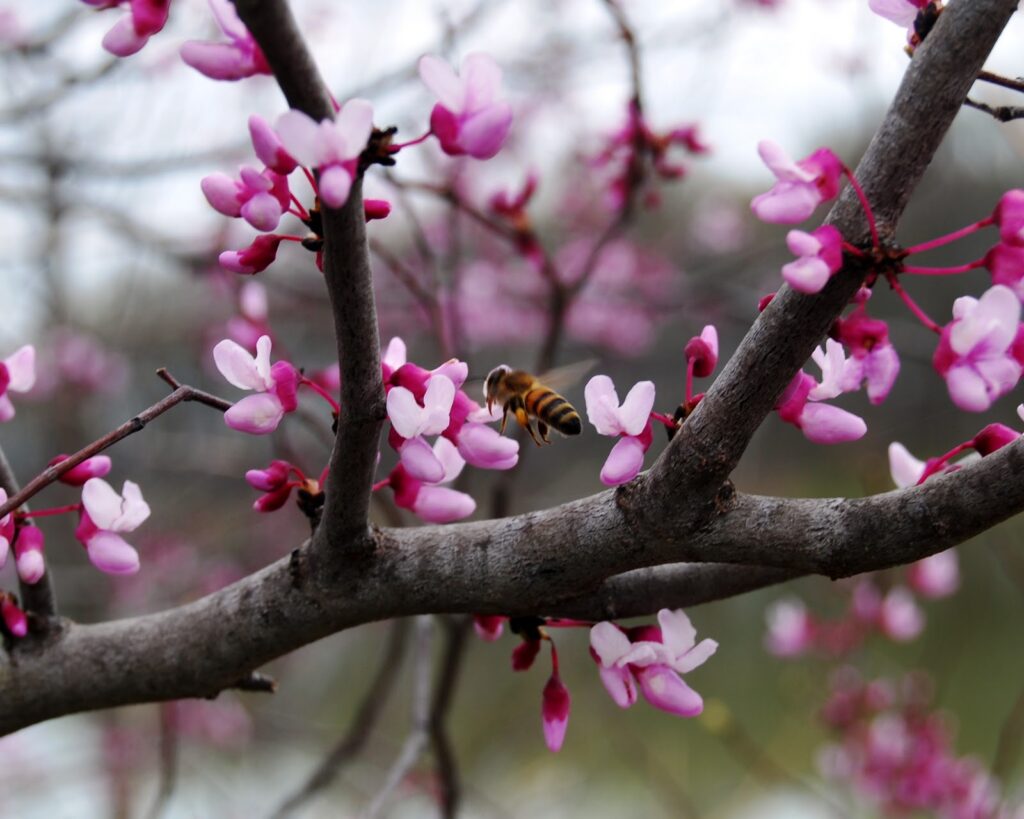
6. Willows (Salix spp.): Native willow species found across North America, such as Black Willow (Salix nigra) or Pussy Willow (Salix discolor), offer cover and perching spots for butterflies.
7. Dogwoods (Cornus spp.): Several native dogwood species in North America, like Flowering Dogwood (Cornus florida) and Roughleaf Dogwood (Cornus drummondii), can serve as butterfly shelter plants due to their branching structures.
8. Wax Myrtle (Morella cerifera): This native shrub, found in the southeastern United States, has dense foliage that provides shelter for butterflies and other wildlife.
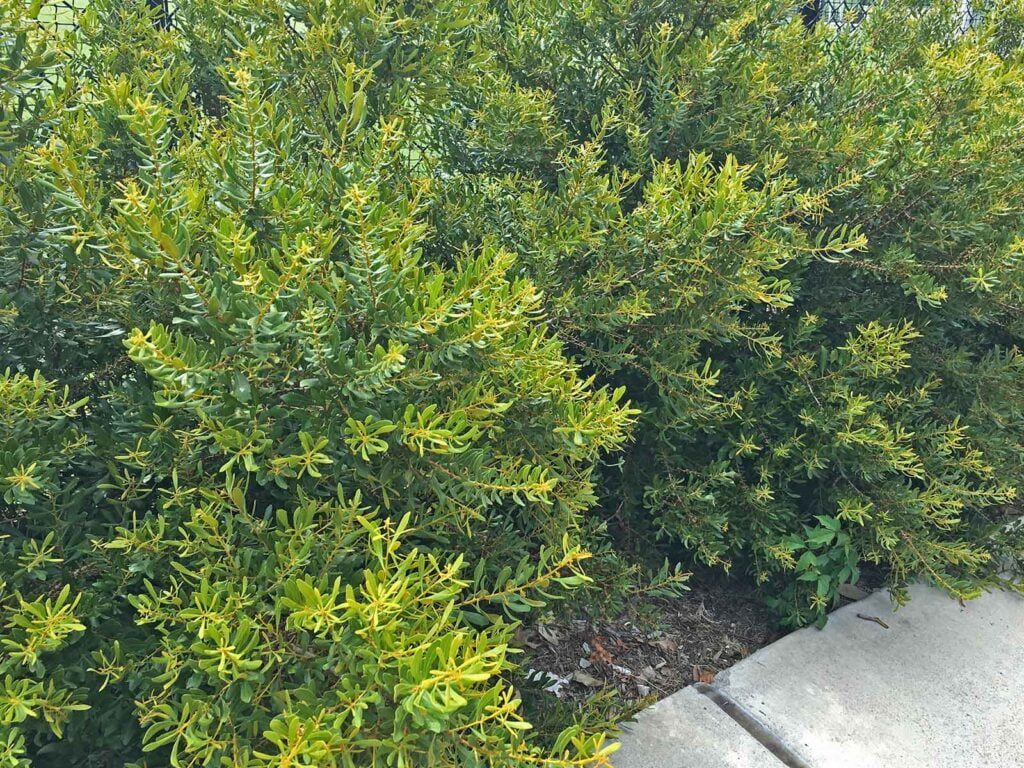
9. Eastern Red Cedar (Juniperus virginiana): This native coniferous tree offers dense foliage and a sheltered environment for butterflies.
When planning a butterfly garden or a conservation area, consider incorporating both butterfly host plants (for caterpillars) and butterfly shelter plants (for adults) to create a hospitable environment for the entire butterfly life cycle. This approach will help support and sustain butterfly populations in your area… one day at a time!

The Adventures of Johnny Butterflyseed – Author Signed First Edition Children’s Book
Save the monarchs!
Johnny Butterflyseed and his fairy friend, Raven Silverwing, embark on a mission to save the rapidly disappearing butterflies. They enlist the help of Queen Venus Goldwing and her kingdom of monarchs to educate and inspire kids to become butterfly farmers. At first, Johnny faces his own internal struggle with self-doubt and fear in his ability to make a difference, but then soon develops a mindset that allows him to not only get started, but also make progress one day at a time. Through challenge after challenge, Johnny learns that he is not alone in his mission and that there are many people who want to help. Together, Johnny, Raven, and Queen Venus educate thousands of children on becoming butterfly farmers.
